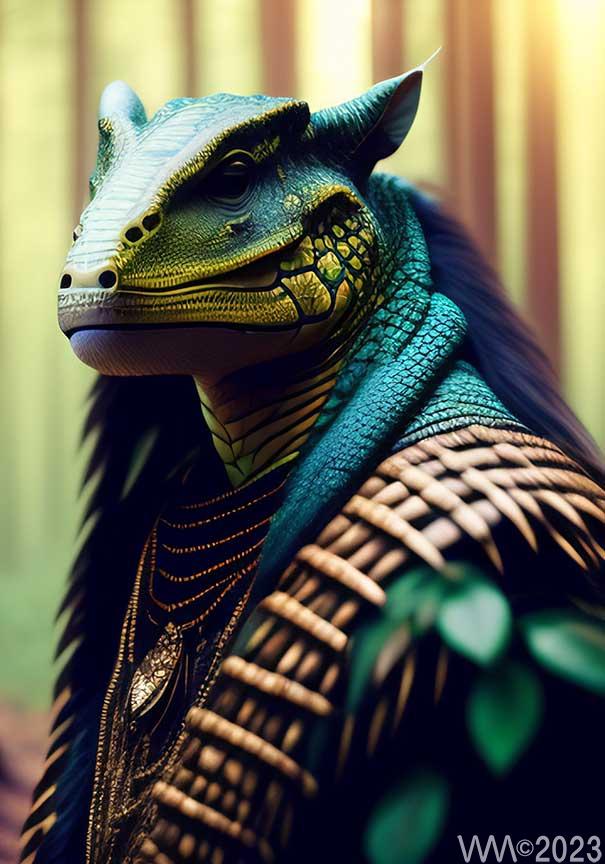©2023 KHRISTRON, ALL RIGHT RESERVE

By Khristron.com
Cryptids and cryptozoology are topics that have fascinated people for centuries. Cryptids are mysterious creatures that are alleged to exist, but whose existence has yet to be proven by science or accepted by mainstream culture. Cryptozoology is the study of these unknown creatures, and it has a long history of exploring and documenting evidence of creatures that don’t fit the profile of standard species classification.
These creatures are often the source of many myths, legends, and have been part of folklore for centuries. The most famous cryptids include Bigfoot, the Loch Ness Monster, and the Chupacabra. These creatures have captured the imagination of people around the world and have become the subject of countless books, movies, and television shows.
Cryptozoology is the scientific study of these mysterious creatures, and it is an important branch of zoology. Cryptozoologists attempt to collect evidence of unknown creatures and study their behavior. They use a variety of methods to search for evidence of these creatures, including eyewitness accounts, physical evidence, and DNA analysis.
This tends to be a controversial field, as some skeptics believe that cryptids are nothing more than myths and legends. However, many cryptozoologists believe that there are still creatures living on Earth that have yet to be discovered.
Cryptozoologists also use their knowledge of biology and ecology to evaluate the potential habitats of these creatures. They examine the habits and behavior of known animals and then consider how a cryptid might fit into the existing ecosystem.

Historical evidence of giants existing can be found in many different cultures and societies around the world. In ancient Greece, references to giants can be found in Homer’s Iliad, where they are described as being much larger than humans and with superhuman strength.
In the Bible, giants are mentioned in the Old Testament, such as Goliath, who was described as being nine feet tall. In Nordic mythology, giants are described as powerful creatures that could control the elements. In Mesopotamian mythology, the Annunaki, a race of giant gods, were believed to have created humans.
In Native American folklore, giants such as the Wendigo were believed to roam the land. In Hindu mythology, the Asuras were a race of giant demons who fought the gods. All of these references provide evidence for the existence of giants in various cultures throughout history.
Have you ever wondered if there is proof of cryptids and giants that governments and large institutions like the Vatican and the Smithsonian Institute are hiding from the public? While there is no definitive answer to this question, there are some intriguing clues that may point to the possibility of hidden evidence.
The Vatican, in particular, has a long history of keeping secrets. It is well known that the Vatican Library is off limits to the public, and it could be argued that this is because the Vatican is trying to hide evidence that could prove the existence of cryptids and giants. Reports from inside the library suggest that there are ancient texts and artifacts that could provide evidence of such creatures.
Similarly, the Smithsonian Institute has a long history of withholding information from the public. For example, in 2012, the Smithsonian released a statement that they had destroyed thousands of giant skeletons from native American burial sites. This sparked speculation that the Smithsonian was trying to hide evidence that could prove the existence of giants. Of course, these are just theories and there is no definitive proof that either the Vatican or the Smithsonian Institute are hiding evidence of cryptids and giants.
Nevertheless, it is hard to ignore the fact that both organizations have a long history of secrecy and seemingly suspicious activity. This has led many to speculate that the truth may be hidden away in the depths of their archives.
©2023 KHRISTRON, ALL RIGHT RESERVE
You cannot copy content of this page